Home>Home Appliances>Bathroom Appliances>How To Find The Weight Of An Object Without A Scale


Bathroom Appliances
How To Find The Weight Of An Object Without A Scale
Published: February 13, 2024
Learn how to find the weight of bathroom appliances without a scale using simple household items. Discover easy methods for accurate measurements.
(Many of the links in this article redirect to a specific reviewed product. Your purchase of these products through affiliate links helps to generate commission for Storables.com, at no extra cost. Learn more)
Introduction
When it comes to determining the weight of an object, a common solution is to rely on a scale. However, what if a scale is not readily available? Whether you're in a situation where a scale is inaccessible or you simply want to explore alternative methods, there are several techniques that can be employed to find the weight of an object without using a traditional scale. In this article, we will delve into various methods that can be utilized to accurately determine the weight of an object, providing practical solutions for scenarios where a scale may not be at hand.
Understanding the concept of weight is fundamental to grasping the significance of these alternative methods. Weight is the force exerted on an object due to gravity, and it is typically measured in units such as pounds or kilograms. In the absence of a scale, the challenge lies in finding alternative means to quantify this force accurately. This article will explore several techniques, including the displacement method, the use of a spring scale, a balance scale, and a lever and fulcrum. Each method offers a unique approach to determining weight without the need for a traditional scale, providing valuable insights into practical and inventive solutions.
By understanding and implementing these alternative methods, individuals can gain a deeper appreciation for the concept of weight and develop resourceful skills for assessing the weight of objects in various settings. Whether it's in a household, outdoor environment, or educational setting, the ability to determine weight without a scale can prove to be a valuable skill. Let's explore these methods in detail to uncover the ingenuity and practicality behind each approach.
Key Takeaways:
- Discover inventive ways to measure weight without a scale using water displacement, spring scales, and balance scales. These methods offer practical and hands-on approaches for understanding weight measurement.
- By exploring alternative methods, you can gain a deeper understanding of weight principles and develop resourceful skills for assessing weight in various settings. Embrace creativity and adaptability in the quest for knowledge.
Understanding the concept of weight
Understanding the concept of weight is fundamental to comprehending the force exerted on an object due to gravity. In the realm of physics, weight is defined as the force with which a mass is attracted towards the center of the Earth or any other celestial body. This force is commonly measured in units such as pounds or kilograms. It is important to note that weight and mass are often used interchangeably in colloquial language, but they represent distinct concepts in the field of physics. While mass refers to the amount of matter in an object, weight is the force exerted on that mass due to gravity.
The gravitational force acting on an object is directly proportional to its mass. This means that the greater the mass of an object, the stronger the force of gravity pulling it towards the Earth. Consequently, weight can vary depending on the gravitational pull of different celestial bodies. For instance, an object that weighs a certain amount on Earth would weigh less on the Moon due to the Moon's weaker gravitational force.
In practical terms, understanding weight is crucial for a myriad of applications, ranging from everyday tasks to complex scientific endeavors. Whether it's measuring ingredients for a recipe, assessing the load capacity of a structure, or conducting experiments in a laboratory, the concept of weight plays a pivotal role in numerous scenarios.
Moreover, comprehending the concept of weight empowers individuals to make informed decisions regarding the handling, transportation, and utilization of various objects. From ensuring that weight limits are not exceeded in construction projects to accurately calibrating industrial equipment, the ability to gauge weight is essential across diverse fields.
By delving into the intricacies of weight, individuals can gain a deeper appreciation for the fundamental principles that govern the physical world. This understanding not only fosters a sense of curiosity and exploration but also equips individuals with the knowledge to navigate practical challenges related to weight measurement.
In the subsequent sections, we will explore alternative methods for determining the weight of an object without relying on a traditional scale. These inventive techniques offer practical solutions for scenarios where a scale may not be readily available, showcasing the resourcefulness and adaptability inherent in the quest to measure weight without conventional tools.
Using the displacement method
The displacement method offers a straightforward yet ingenious approach to determining the weight of an object without the use of a traditional scale. This method leverages the principles of fluid displacement to accurately measure the weight of an object, making it particularly useful in situations where a scale is not readily available.
To employ the displacement method, a container of water of known volume is required. The initial step involves filling the container with water to a predetermined level, ensuring that the water level is precisely marked or recorded. Subsequently, the object whose weight is to be determined is carefully submerged into the water, causing the water level to rise. The increase in water level represents the volume of water displaced by the submerged object.
By measuring the change in water level, the displaced volume of water can be calculated. This displaced volume is directly proportional to the volume of the submerged object, as per Archimedes' principle, which states that the buoyant force on an object is equal to the weight of the fluid displaced by the object. Since the density of water is a known constant, the displaced volume can be used to calculate the weight of the object.
The weight of the object can be determined using the formula: Weight = Volume of water displaced × Density of water × Acceleration due to gravity. By substituting the displaced volume and the known density of water into the formula, the weight of the object can be accurately calculated.
The displacement method is particularly effective for measuring the weight of irregularly shaped objects or those with complex geometries. Its versatility and simplicity make it a valuable technique in various settings, including educational demonstrations, household applications, and fieldwork where traditional scales may not be accessible.
In addition to its practical utility, the displacement method provides a hands-on opportunity to explore fundamental principles of physics, such as buoyancy and fluid displacement. By engaging in this method, individuals can gain a deeper understanding of these concepts while honing their skills in weight measurement without relying on conventional tools.
In the subsequent sections, we will delve into additional methods for determining the weight of an object without the use of a traditional scale, further expanding the repertoire of inventive and practical approaches to weight measurement.
Using a spring scale
A spring scale offers a simple yet effective method for determining the weight of an object without relying on a traditional scale. This versatile tool utilizes the principles of Hooke's law, which states that the force exerted by a spring is directly proportional to the displacement of its end. By leveraging this fundamental principle, a spring scale can provide accurate weight measurements in various settings, making it a valuable alternative to conventional scales.
The functionality of a spring scale is based on the elasticity of a spring, which allows it to stretch or compress in response to an applied force. When using a spring scale to measure weight, the object of interest is suspended from the hook at the bottom of the scale. As the object exerts a downward force due to gravity, the spring within the scale stretches proportionally to this force. The degree of stretching is directly related to the weight of the object, as per Hooke's law.
To obtain an accurate weight measurement using a spring scale, it is essential to ensure that the scale is calibrated and zeroed before use. Calibration ensures that the scale provides precise and consistent measurements, while zeroing eliminates any residual tension in the spring, allowing for accurate readings.
Once the object is suspended from the spring scale, the scale's dial or digital display indicates the weight of the object based on the degree of spring stretching. This reading represents the force exerted by the object due to gravity, providing a direct measurement of its weight.
Spring scales are widely used in various applications, including household tasks, commercial settings, and educational environments. Their portability, ease of use, and reliability make them indispensable tools for measuring weight without the need for a traditional scale. Additionally, spring scales are available in a range of capacities, allowing for the measurement of objects with varying weights.
In educational settings, spring scales serve as valuable tools for conducting experiments and demonstrating the principles of force and weight. Students can gain hands-on experience in weight measurement and explore the relationship between force, displacement, and weight through engaging activities using spring scales.
The versatility and practicality of spring scales make them an ideal choice for scenarios where traditional scales may not be accessible. Whether it's weighing objects during outdoor activities, conducting experiments in a classroom, or assessing the weight of items in a household, the spring scale offers a reliable and convenient solution for determining weight without the use of a traditional scale.
In the subsequent sections, we will continue to explore alternative methods for measuring weight without relying on a traditional scale, uncovering a diverse array of inventive and practical approaches to weight determination.
Use a simple lever and fulcrum to create a makeshift balance scale. Place the object on one end and add known weights to the other end until it balances. The total weight is the sum of the known weights.
Using a balance scale
A balance scale, also known as a beam balance, is a time-honored and reliable instrument for measuring the weight of an object without the need for a traditional scale. This classic method of weight determination operates on the principle of equilibrium, where the weight of the object is compared to known standard weights to achieve balance. The balance scale consists of a horizontal beam or lever supported at its center, with pans suspended from each end.
To utilize a balance scale for weight measurement, the object of interest is placed on one pan, while standard weights or counterbalances are added to the opposite pan. The process involves adjusting the standard weights until the beam achieves a state of equilibrium, where it remains horizontal without tipping to either side. Once equilibrium is attained, the sum of the standard weights on the opposite pan represents the weight of the object.
The balance scale offers a direct and intuitive method for determining weight, relying on the fundamental principle of equilibrium. Its simplicity and accuracy make it a valuable tool in various settings, including laboratories, educational institutions, and commercial environments. The balance scale is particularly effective for measuring the weight of objects that may not be suitable for other methods, such as irregularly shaped items or those with uneven weight distribution.
In educational settings, the balance scale serves as an invaluable tool for teaching the principles of weight measurement and equilibrium. Students can gain hands-on experience in comparing weights and understanding the concept of balance, fostering a deeper comprehension of fundamental physics principles.
Furthermore, the balance scale provides a visual representation of weight comparison, making it an ideal tool for demonstrating the concept of weight measurement in a tangible and engaging manner. Its versatility and reliability have solidified its status as a timeless instrument for weight determination, offering a practical and effective alternative to traditional scales.
The use of a balance scale exemplifies the ingenuity and adaptability inherent in the quest to measure weight without conventional tools. By harnessing the principles of equilibrium and comparison, the balance scale provides a timeless and effective method for accurately determining the weight of an object in diverse settings.
Read more: How To Fix A Weight Scale
Using a lever and fulcrum
The utilization of a lever and fulcrum presents a compelling and inventive approach to determining the weight of an object without relying on a traditional scale. This method capitalizes on the fundamental principles of mechanical advantage and equilibrium, offering a practical and intuitive means of weight measurement.
A lever consists of a rigid bar that pivots around a fixed point known as the fulcrum. The position of the fulcrum along the length of the lever influences the mechanical advantage and the ability to balance different weights. By leveraging the inherent properties of a lever, the weight of an object can be effectively assessed through a process of comparison and equilibrium.
To employ a lever and fulcrum for weight measurement, a sturdy and appropriately sized lever is selected, ensuring that it can accommodate the objects being assessed. The fulcrum is positioned at a strategic point along the length of the lever, taking into account the relative weights of the objects involved. Once the fulcrum is in place, the lever is set on a stable surface, ready for the weight measurement process.
The object whose weight is to be determined is placed on one end of the lever, while known standard weights or counterbalances are added to the opposite end. The position of the fulcrum is adjusted until the lever achieves a state of equilibrium, signifying that the weights on both ends are balanced. At this point, the distance from the fulcrum to the point of support for the object and the known weights provides valuable data for calculating the weight of the object.
The lever and fulcrum method offers a visual and tactile representation of weight comparison, allowing for direct observation of the balancing process. This hands-on approach not only facilitates an understanding of weight measurement principles but also fosters an appreciation for the mechanical dynamics at play.
In educational settings, the utilization of a lever and fulcrum serves as an engaging and interactive method for teaching the fundamentals of weight measurement and mechanical advantage. Students can actively participate in the process, gaining practical insights into the principles of equilibrium and leverage.
The versatility and adaptability of the lever and fulcrum method make it a valuable tool in scenarios where traditional scales may not be accessible. Its intuitive nature and reliance on fundamental mechanical principles underscore the ingenuity inherent in the quest to measure weight without conventional tools.
In summary, the utilization of a lever and fulcrum offers a compelling and practical approach to determining the weight of an object, showcasing the resourcefulness and adaptability inherent in alternative methods of weight measurement.
Conclusion
In conclusion, the quest to determine the weight of an object without a traditional scale has led us on a fascinating journey through inventive and practical methods of weight measurement. From the displacement method and the utilization of spring scales to the timeless principles of balance scales and the mechanical ingenuity of levers and fulcrums, each approach offers a unique perspective on the art and science of weight determination.
The displacement method, rooted in the principles of fluid displacement and buoyancy, provides a versatile and hands-on approach to measuring the weight of irregularly shaped objects. Its reliance on the fundamental properties of fluids and Archimedes' principle underscores the ingenuity inherent in leveraging natural phenomena for practical applications.
Spring scales, with their simplicity and reliance on Hooke's law, offer a portable and reliable solution for weight measurement in diverse settings. Their ease of use and direct measurement of force through spring displacement make them indispensable tools for everyday tasks, educational demonstrations, and fieldwork.
The classic balance scale, operating on the principle of equilibrium and comparison, provides a timeless and intuitive method for accurately determining weight. Its visual representation of balance and weight comparison makes it an ideal tool for teaching and understanding the fundamental principles of weight measurement.
Lastly, the utilization of levers and fulcrums showcases the mechanical ingenuity inherent in weight measurement, offering a tactile and interactive approach to comparing weights and achieving equilibrium. This method not only provides a practical means of weight determination but also fosters an appreciation for the principles of mechanical advantage and leverage.
In exploring these alternative methods, we have not only uncovered inventive approaches to weight measurement but also gained a deeper understanding of the fundamental principles that govern the physical world. From the forces of buoyancy and elasticity to the equilibrium of lever systems, each method offers a unique perspective on the art and science of weight determination.
Ultimately, the ability to determine weight without a traditional scale empowers individuals to think creatively, adapt to diverse scenarios, and gain practical insights into the fundamental principles of physics. Whether in educational settings, household applications, or fieldwork, the resourcefulness and adaptability demonstrated by these methods exemplify the human quest to innovate and problem-solve in the pursuit of knowledge and understanding.
As we conclude this exploration, we are reminded that the quest for knowledge knows no bounds, and the ingenuity of the human mind continues to illuminate new pathways for practical and inventive solutions in the realm of weight measurement.
Frequently Asked Questions about How To Find The Weight Of An Object Without A Scale
Was this page helpful?
At Storables.com, we guarantee accurate and reliable information. Our content, validated by Expert Board Contributors, is crafted following stringent Editorial Policies. We're committed to providing you with well-researched, expert-backed insights for all your informational needs.
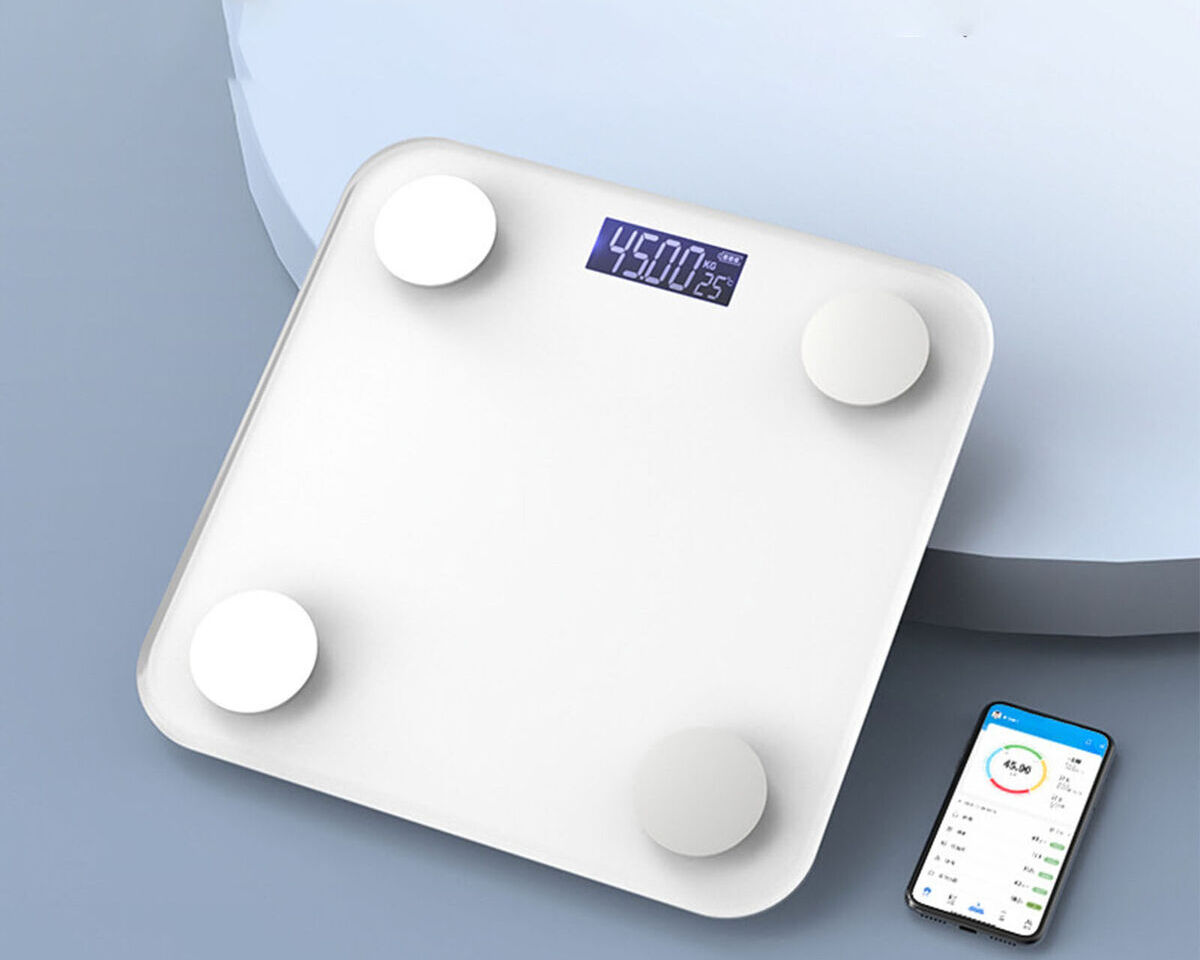
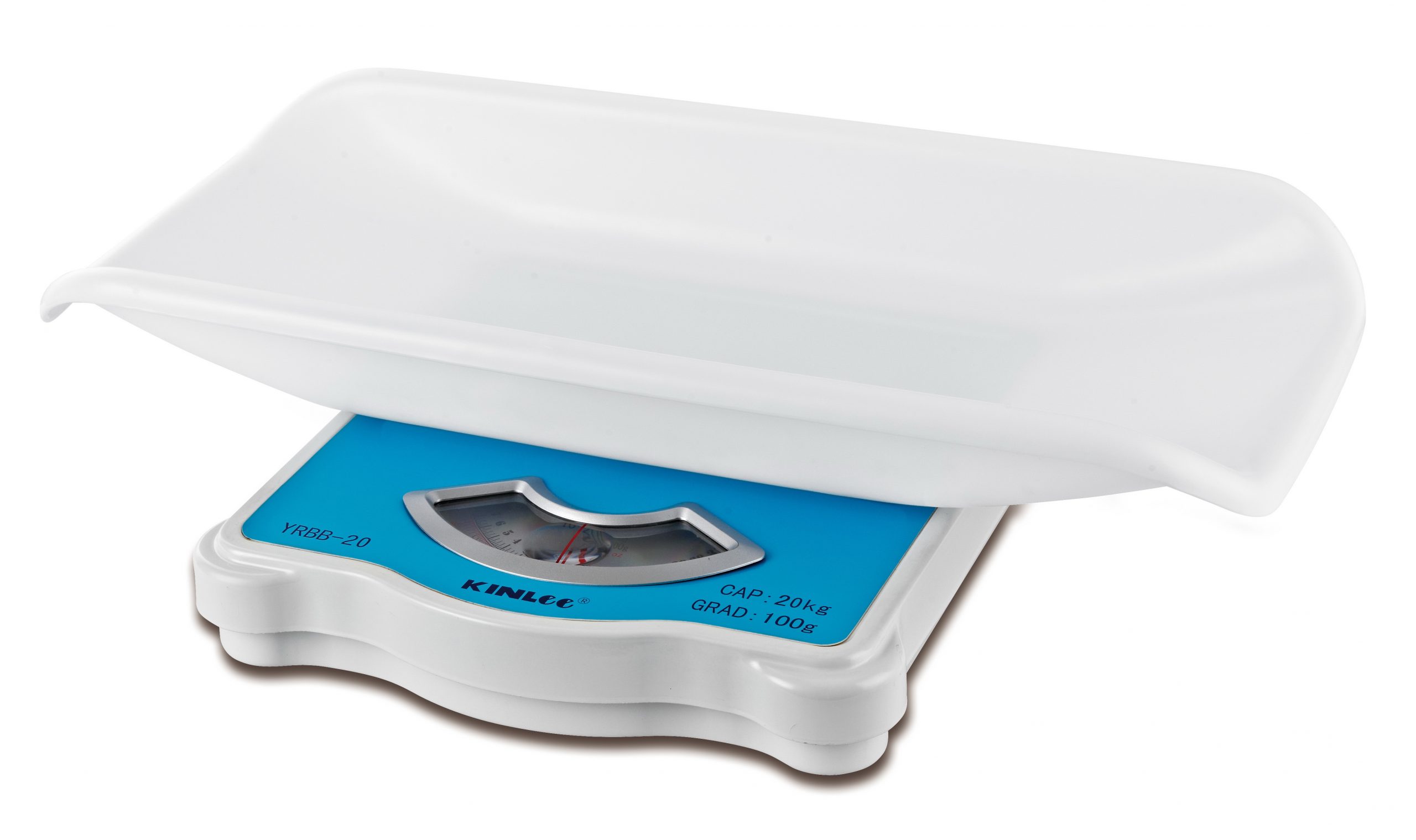
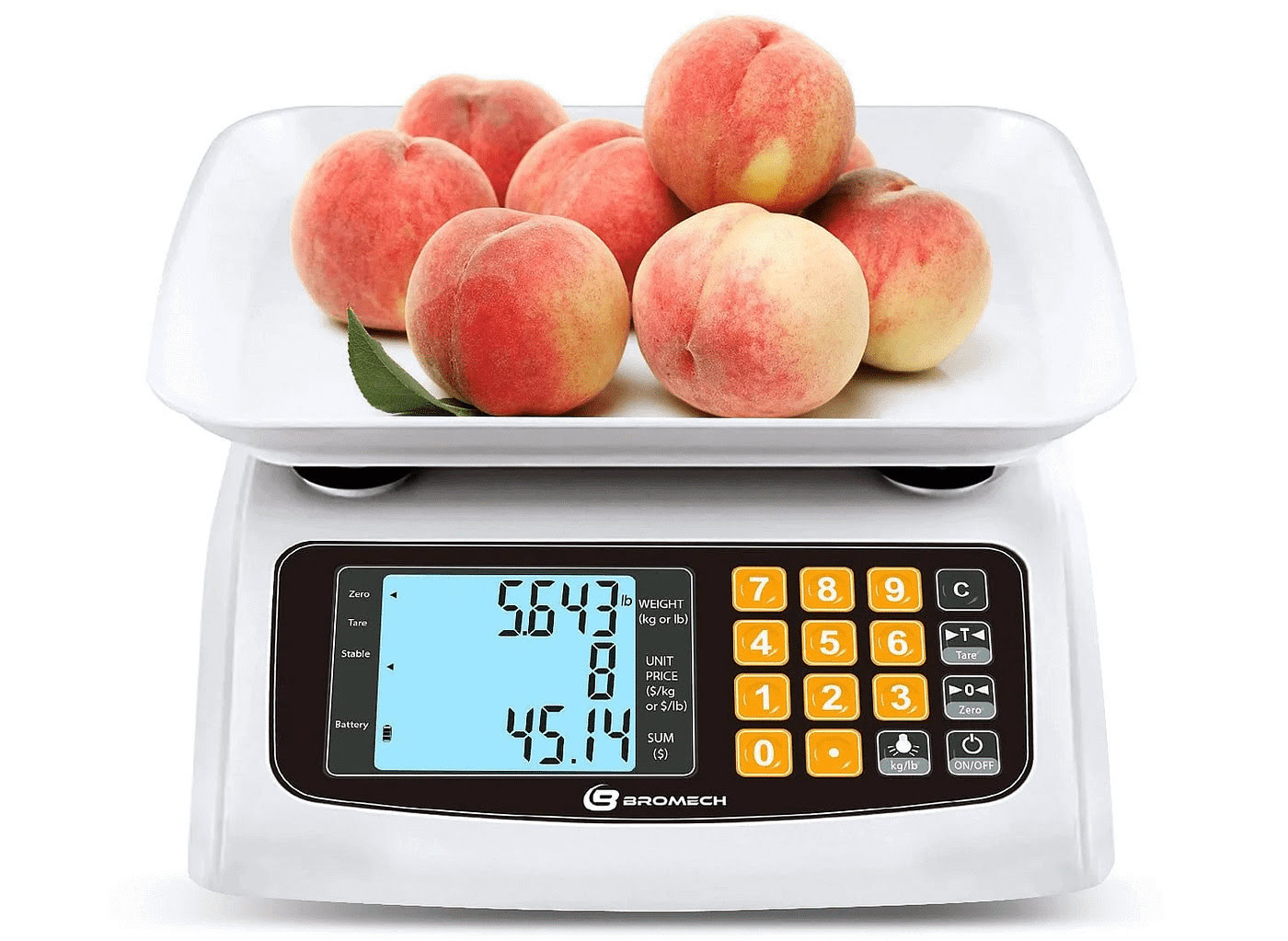

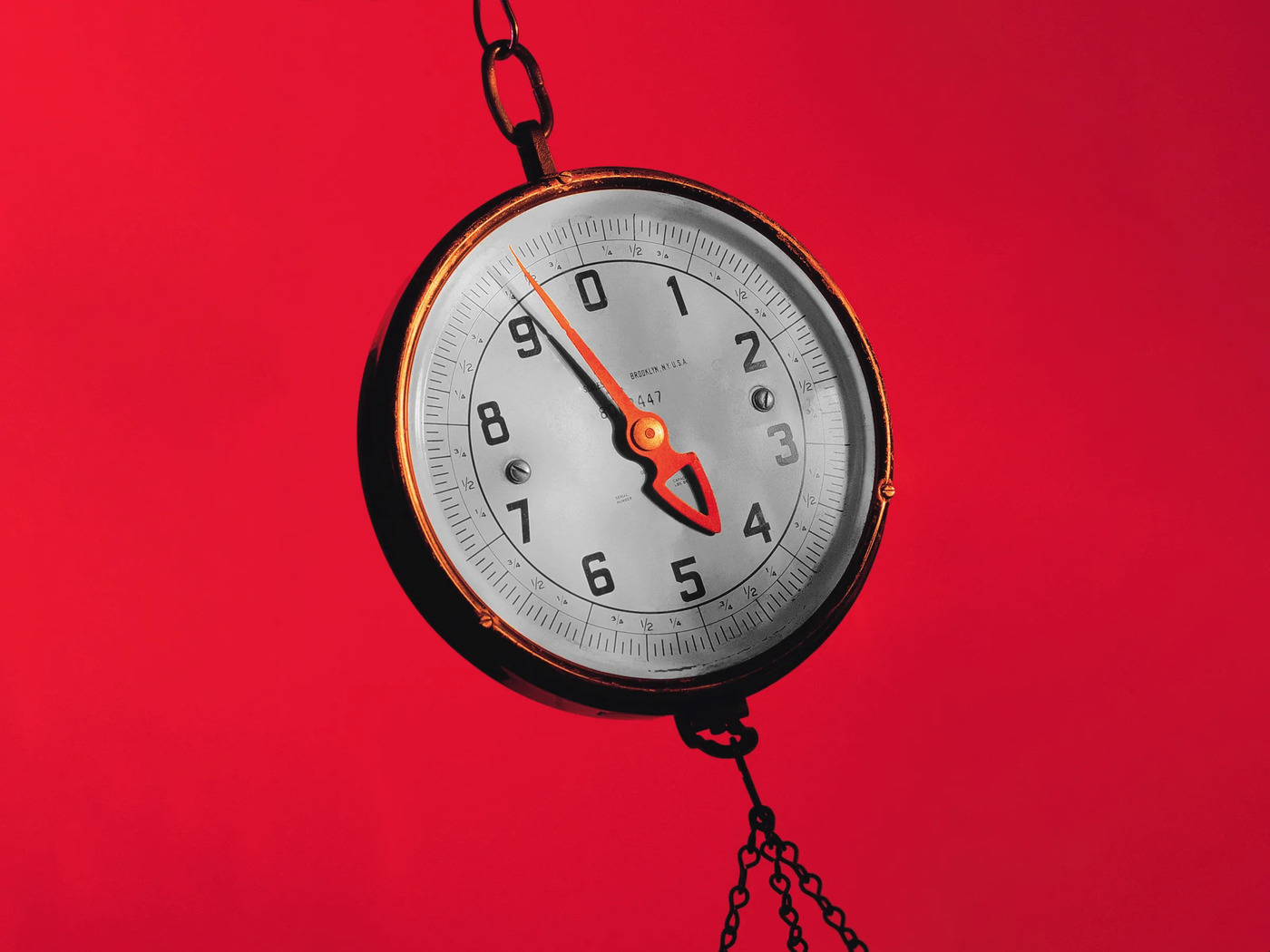
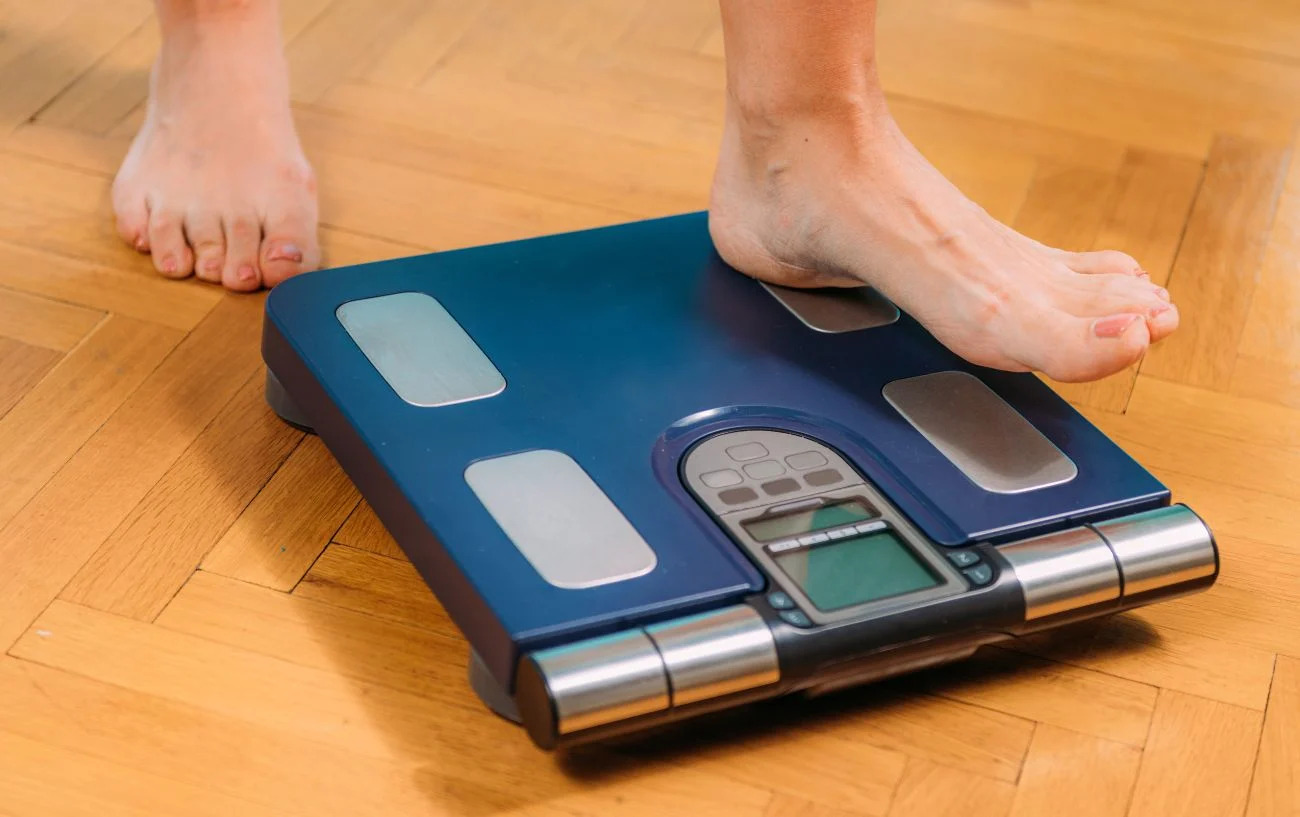

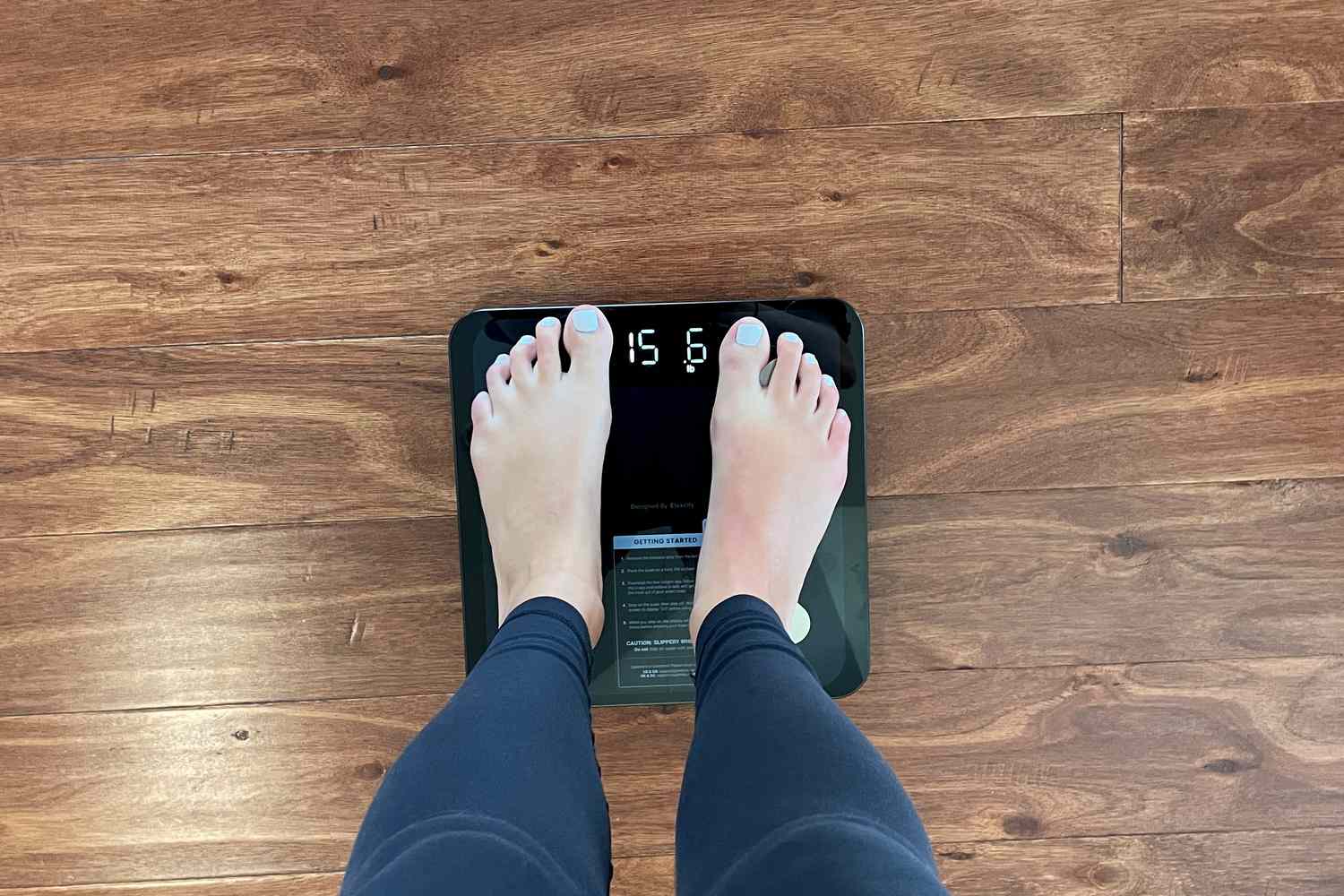

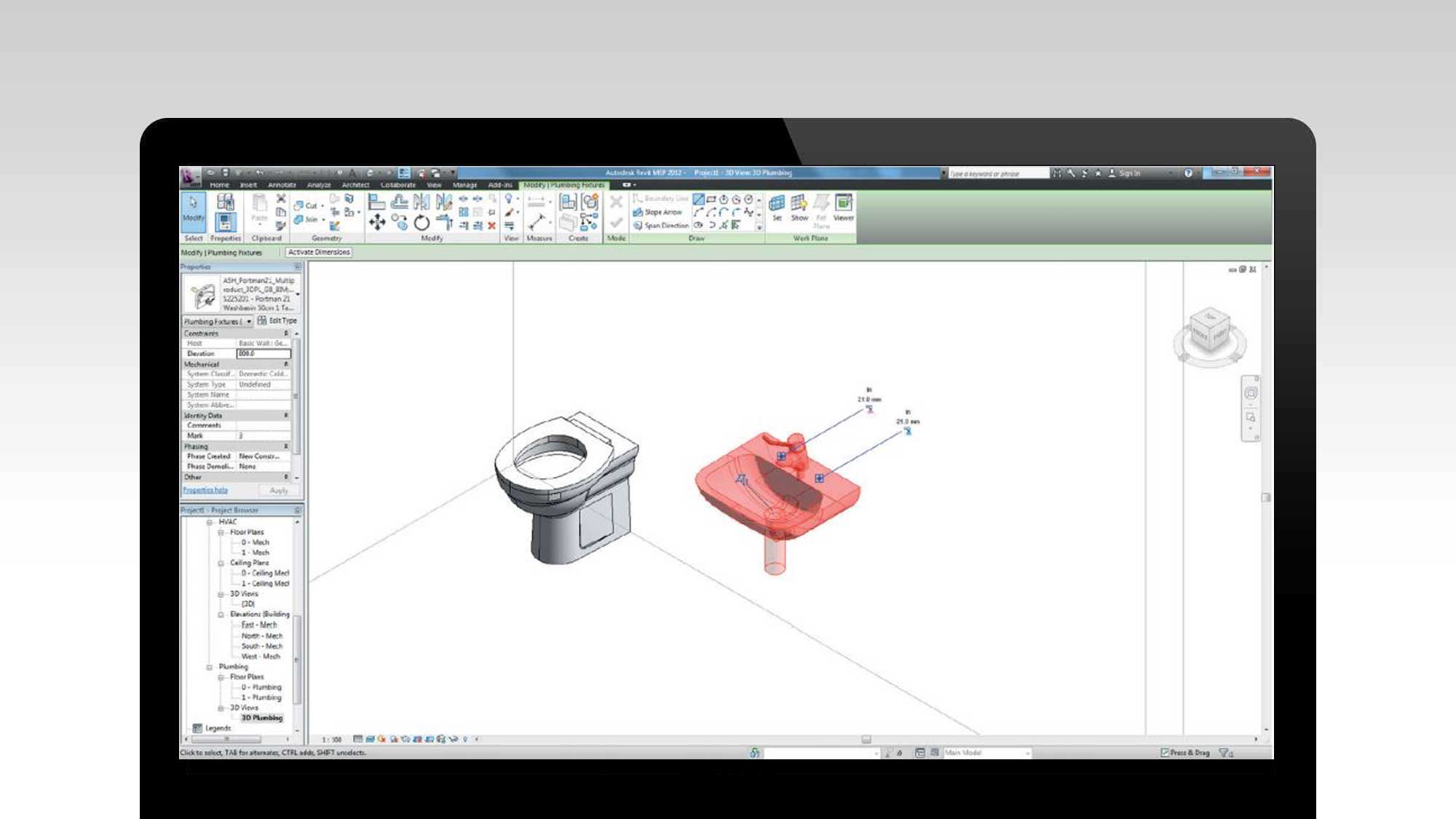
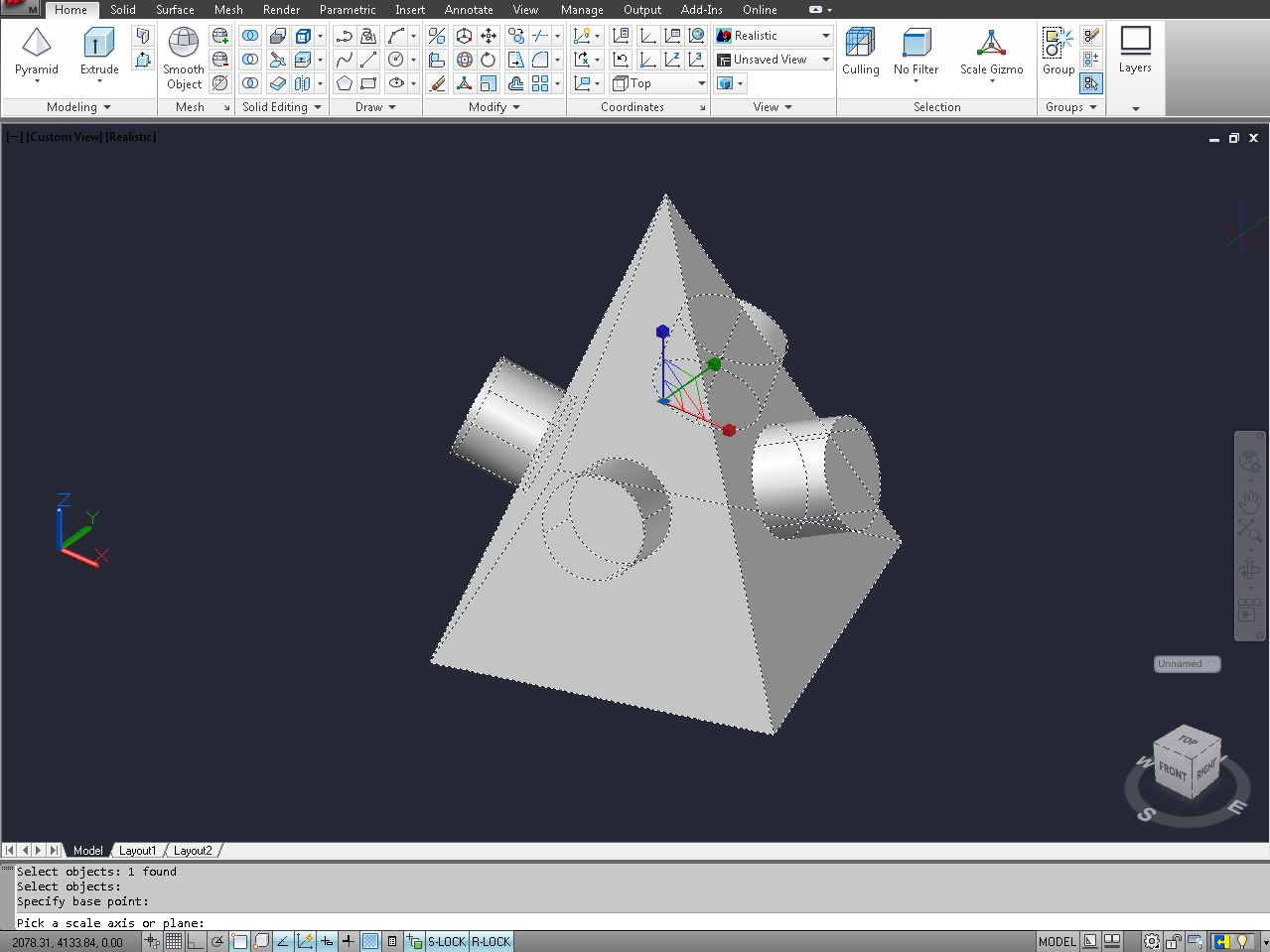


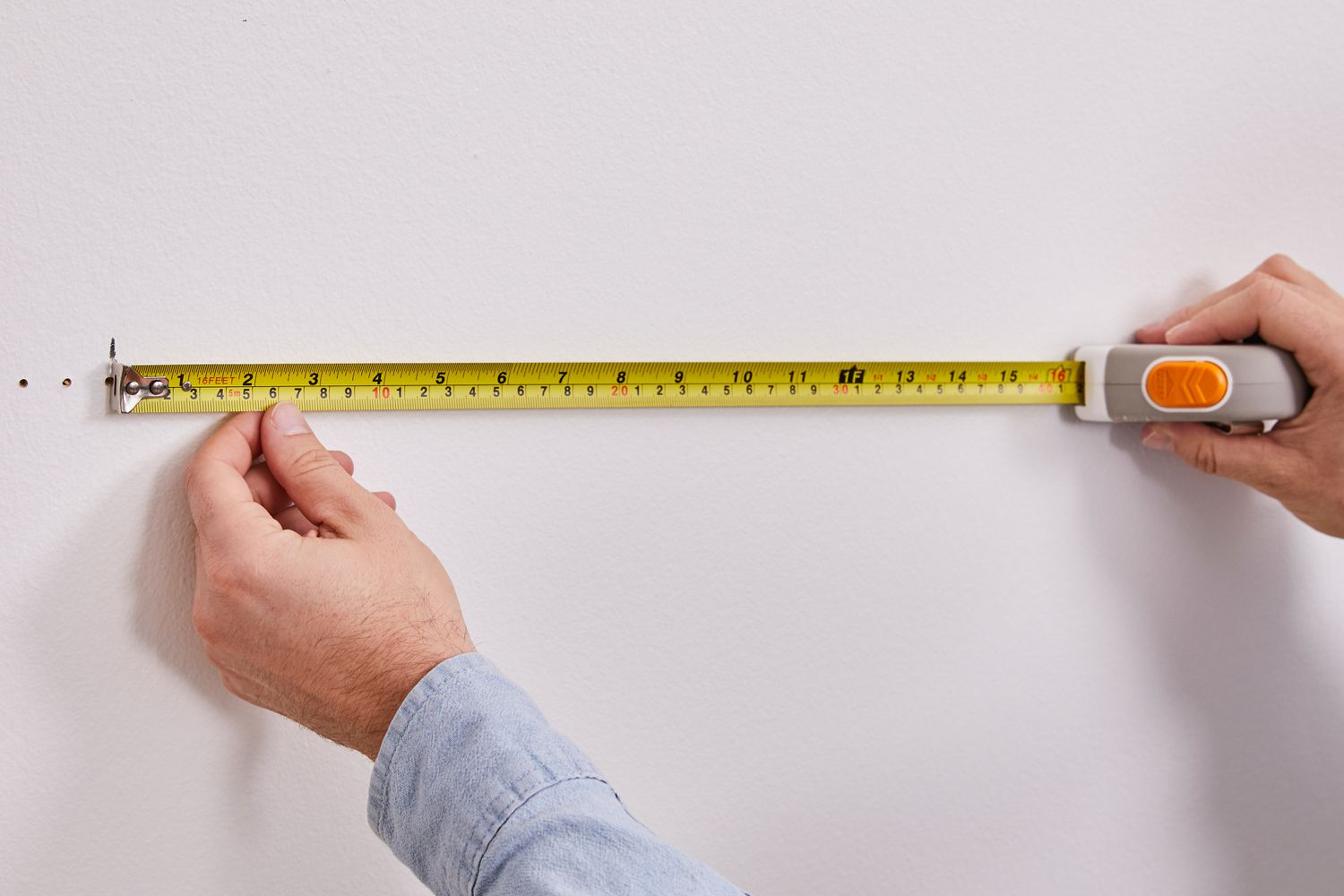

0 thoughts on “How To Find The Weight Of An Object Without A Scale”